Developing expertise in challenges faced by Product Owners marks the key to achieving excellent team performance within Scrum. Overcome the barriers that stand in your way to implement proper product development methods.

Introduction
Running Scrum teams requires Product Owners to overcome many barriers. These barriers create obstacles to team performance and the achievement of their goals. A Product Owner must manage stakeholder expectations and set clear product goals. They also face challenges that can cause workflow issues and lower team motivation.
The challenges faced by the Product Owner result in a slower work pace, poor deliverable quality, and team member detachment. Product Owners often face three key issues. These include controlling project scope, defining product vision, and linking business goals to development tasks. Scrum team challenges disrupt collaboration, which leads to difficulties in maintaining productive team behaviours.
The Product Owner is key in Scrum teams. They manage priorities and set expectations, directly impacting the team’s productivity. This article will cover common challenges faced by Product Owners that harm Scrum team performance. We will explore practical solutions and strategies to help teams tackle common obstacles and succeed.
Key Challenges Faced by Product Owners that Affect Their Scrum Teams
From business strategists and product designers to customer liaisons and project managers, Product Owners have much to juggle to get a product from concept to delivery. This is especially true in Agile teams, where cross-functional collaboration and quick trends are typical. There are so many moving parts to keep track of.
Thus, it’s unsurprising that Product Owners have their fair share of challenges to manage, overcome and balance. Let’s take a look at some of the most common challenges:
Lack of Information and Analysis Before Planning
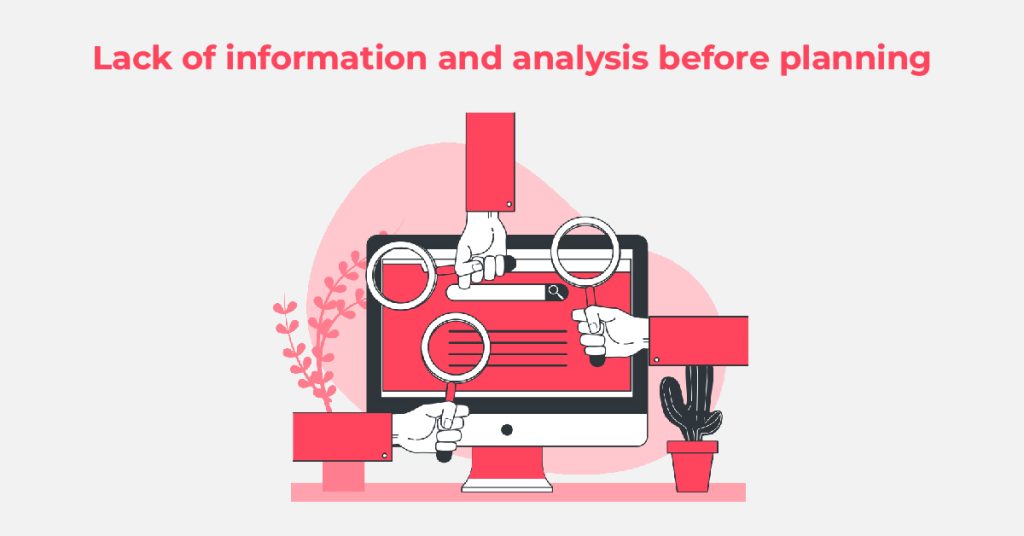
The Product owner uses information and data as their fundamental work tools. Product owners and developers lacking market research and user data start their product development uncertainly, which leads to unsuccessful product shipping. Decisions demand solid data inputs to proceed with direction and accuracy.
This is one of the significant challenges product owners face since they cannot always make decisions regarding its resolution. The simple solution to address the problem requires additional research. Product owners must acquire necessary data because without it:
- Create and analyze customer-related strategies and stories effectively.
- The product owner should seek stakeholder cooperation to acquire additional data resources.
- Spending additional time on research activities should precede project planning initiatives.
- After receiving fresh information, you should remain prepared to make the necessary adjustments.
Poor Prioritization and Changing Priorities During Sprints
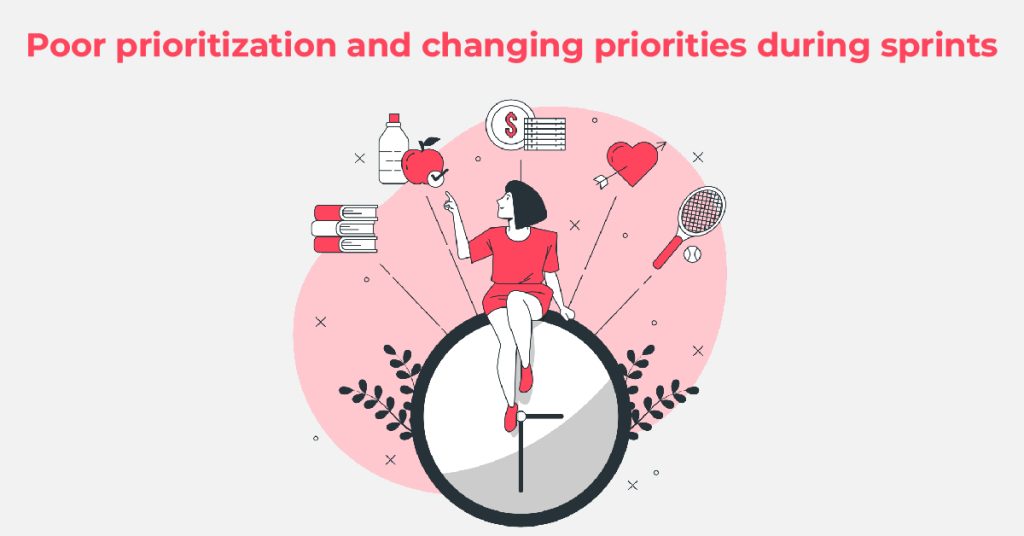
Agile development succeeds through distinct prioritization processes that guide development at all levels. Even though the steps are essential, implementing them is a massive challenge. Product Owners commonly face challenges maintaining clear priority orderings, particularly during requirement transformations inside a sprint cycle.
Higher-impact features should take precedence over lesser-important features that distract the development effort. Improper priority assignment in the development process should be prevented initially.
So, how can product owners ensure sprints remain focused and strategic from beginning to end?
- You should establish story point priorities ahead of time according to your product and business directions.
- You must focus on user stories that deliver advantages to your customers whenever you evaluate different user stories.
- You should obtain stakeholder approval before starting your next sprint by engaging with colleagues so their understanding matches yours.
Forecasting Delivery and Timelines
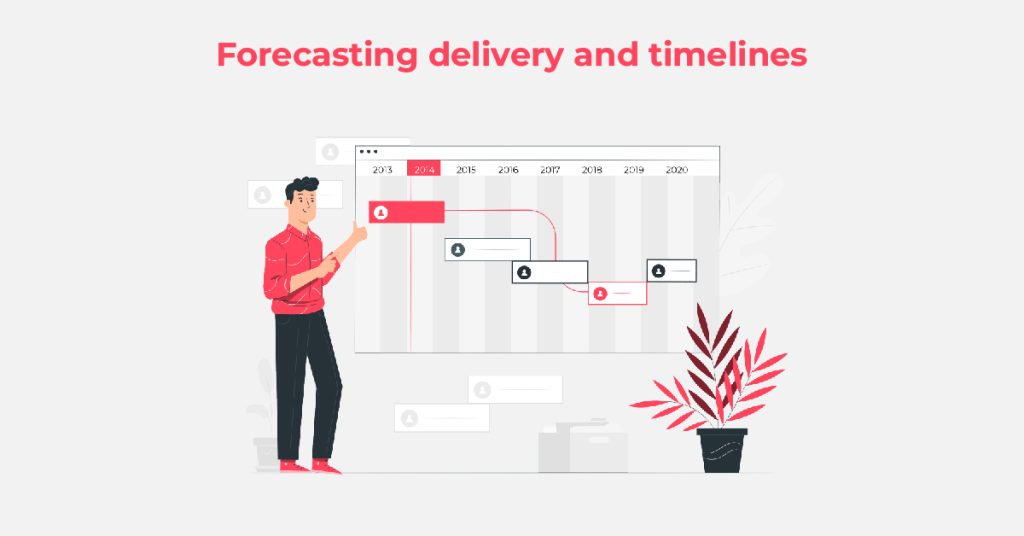
Accurate forecasts are challenging for a Product Owner Resume to predict. Forecasting has many factors, making it hard to predict accurate delivery timelines. People often try to guess how long a task will take. This can lead to problems if they overestimate or underestimate. When that happens, nobody feels happy.
Product owners must execute the forecasting process because of its importance. Predictive outlining boosts leadership satisfaction. It builds trust, gains stakeholder agreements, and supports your team’s independent work style. Not being able to predict delivery times makes it hard for sales and marketing teams to plan promotional events. Talking about trade-offs with leadership and setting priorities gets tougher.
So, how can you take the pain out of prediction?
Creating a solid product roadmap is the best method for accurate forecasting results. Transaction planning benefits from your roadmap, which enables you to create the release plan. The work plan includes analysis, design, development, and testing and plays a key role in this process.
Using the skills of Agile team members helps stakeholders estimate how long sprint parts will take during discussions. A process to build consensus on different time frames helps set a realistic launch date. It also reveals assumptions and ensures everyone feels good about the final commitment.
Aligning Teams and Getting Buy-in
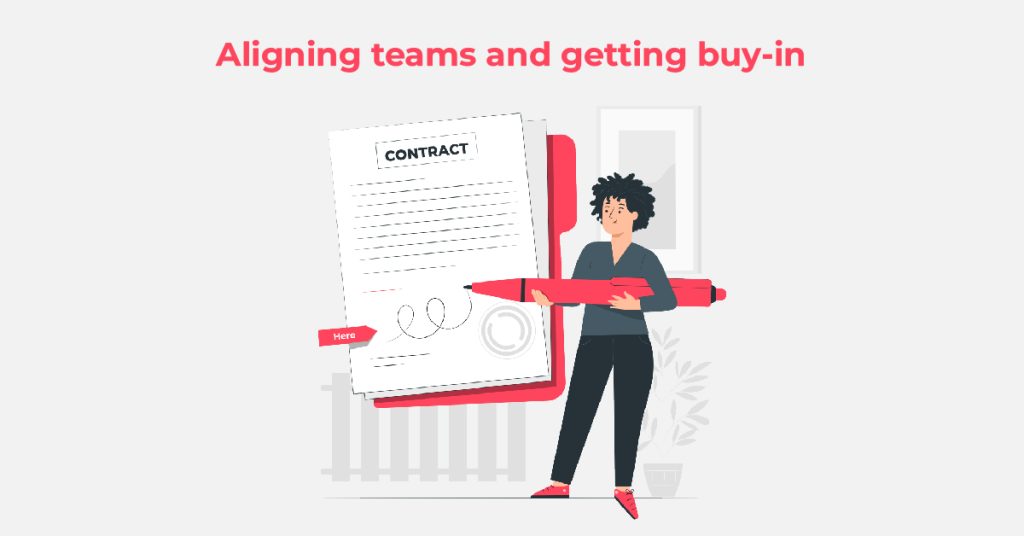
Almost every product contains at least two or three stakeholders beyond its owner. The product stakeholders have aims contrary to one another regarding product expectations. Different stakeholders have conflicting goals about the project direction and delivery timeline. Agile development platforms require internal collaboration between functions and teams, thus affecting strategy implementation through communication channels.
The product owner handles various priorities and multiple perspectives to merge stakeholder needs throughout teams. For successful alignment, product owners must maintain constant contact with all parties and uphold the work’s worth from development start to finish. Utilize your roadmap to make your plans and strategy visible to others. The stakeholders need regular checks to remain updated regarding project progress and modifications.
Overwhelming Product Backlog
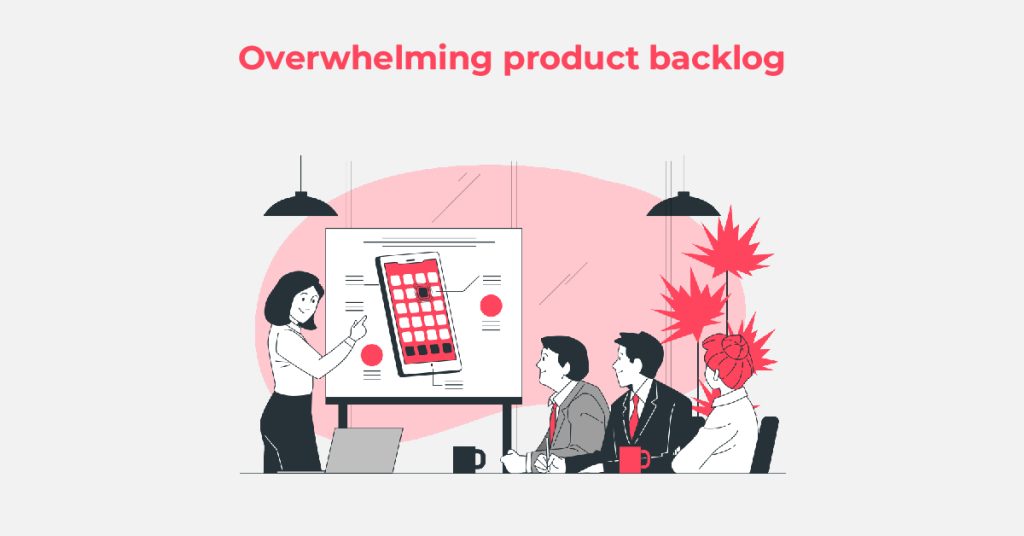
Product owners undertake the fundamental task of maintaining the product backlog. They need to maintain complete clarity regarding this backlog for both stakeholders and developers. Without backlog transparency, it becomes likely that your organization will experience goal misalignment, diminished accountability, and delayed project deadlines. Your product backlog needs a definite product roadmap to prevent backlog stagnation and predict wrong priorities.
Development progress relies on the product roadmap as your main strategic reference point. This information allows you to maintain constant knowledge about priorities and responsibilities with clear deadlines. When your organization uses product roadmaps, the development of strategic products instead of reactive responses becomes possible.
A framework and direction fail to provide, which increases the chance of falling behind disorganized assignment requests and functions created exclusively to satisfy client needs. A strategic plan is necessary because your target customers can lose out when products become highly specialized toward loud customers or stakeholders.
Managing Multiple Stakeholders
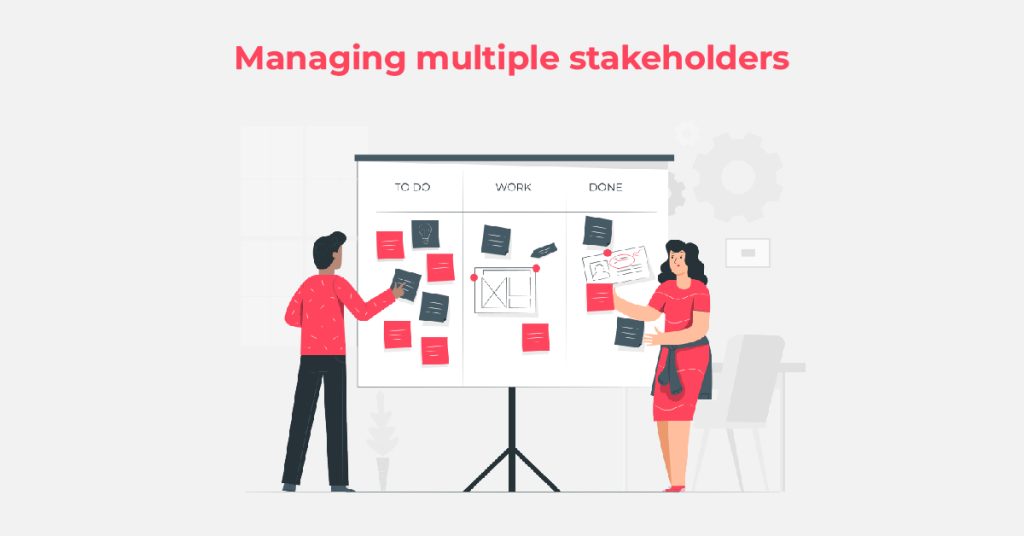
Another challenge faced by Product Owners is working with multiple team members from different departments. This creates space for possible misunderstandings and misalignment. Miscommunication creates several critical problems in development, including delays, unclear priorities, and time wastage.
The Product Owner’s responsibility includes handling various conflicting requirements of stakeholders through clear communication and setting practical expectations throughout project development.
The product plans should be organized using the roadmap to establish strategic goals, team assignments, and priority settings. Regular communication and documentation of plans, together with responsibilities, help maintain understanding at every stage.
Decision Fatigue
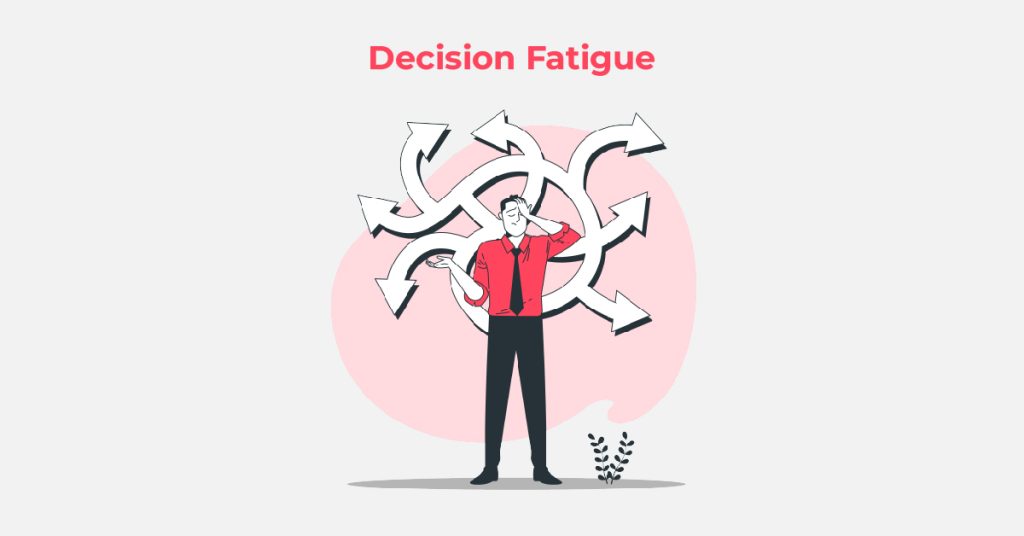
Product Owners commonly suffer from the overwhelming effect of too many decisions that must be handled rapidly. Agile development operates based on strategic flexibility. Decision-making arises more frequently when working with Agile methodology because it requires responding to new information, changing requirements, diverse stakeholder demands, and ongoing team inquiries. Making numerous choices throughout the day makes the experience tiresome.
The need to make decisions is an integral part of the business model. Product owners possess tools to help reduce some aspects of decision-making workload. Take brief rest periods and meet with trusted colleagues while developing a strategic approach to decision-making.
Strategic decision tools assist decision-making processes, including decision trees, decision matrices and standard brainstorming models.
Effective Strategies to Overcome Challenges Faced by Product Owners
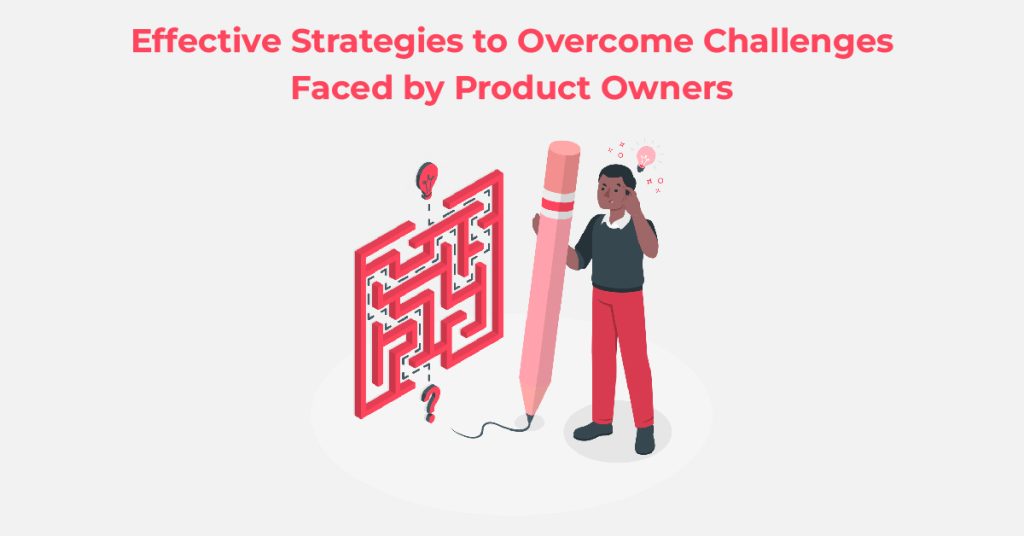
Product Owners must deal with various obstacles during their role, but suitable strategies enable them to handle these issues efficiently. The following strategy addresses typical Scrum team problems to maintain productivity and motivation levels-
- You should start with data collection before beginning planning, performing customer studies and market pattern examinations, and working with stakeholders to develop knowledgeable choices.
- You should use MoSCoW or RICE models when making priorities, establishing precise sprint objectives, and making changes that arise during sprint activities.
- Technical forecasting enhancement requires building realistic plans that apply Agile estimation practices while dedicating additional time to unexpected delays.
- The product vision needs clear communication, routine check-ins, and roadmaps should be used to control stakeholder expectations.
- A productive product backlog requires well-defined items with high-priority tasks that developers must regularly refine for effective management.
- The company must implement three methods to reduce decision-making fatigue: establish decision-making frameworks, delegate authority to employees, and introduce automation for repetitive tasks.
- The project succeeds when developers design, and business teams collaborate from the beginning of the development process.
Become a Certified Product Owner with ValueX2
The ValueX2 Certified Product Owner training provides you with the capabilities needed to handle Product Owner-based difficulties which appear in active Scrum teams. Acquire specialized skills in backlog management, stakeholder collaboration, and sprint planning to boost Scrum team effectiveness.
Attaining this certification allows you to resolve Scrum team obstacles, develop better relationships, and efficiently handle Product Owner hurdles. Through ValueX2, you will gain expertise in Agile methodologies and develop enhanced abilities to affect Scrum teams as a Product Owner. Your career development requires practical product owner training to help you master essential skills for overcoming challenges in your role. Enroll today for success!
Conclusion
Product Owners in Scrum teams must tackle various complicated problems during their work. They are the crucial elements that maintain Scrum team efficiency. This is because they lead stakeholder expectation management, task priority organization, overwhelming backlog administration, and maintaining effective communication channels between team members.
Without proper solutions to the challenges faced by Product Owners within Scrum teams, these issues eventually degrade team morale, prolong development timelines, and lead to poor understanding among team members. These challenges can be simplified using proactive solutions involving data planning with definite priority techniques and structured stakeholder supervision.
Organizations that develop strong decision frameworks will achieve better efficiency improvements. Since challenges are bound to occur, Product Owners who improve their methods and stay flexible toward such change will guide their teams toward enduring success. They can establish significant influence on Scrum teams through dynamic improvement and better communication, leading to superior product results.
Frequently Asked Questions (FAQs)
Q. What main problems must Product Owners handle while working in Scrum teams?
Ans. Scrum Product Owners experience four main obstacles:
- They need to meet stakeholder demands.
- Organize work queues
- Decide which activities receive the highest priority.
- Maintain strong dialogue channels between business leaders and technical staff.
These Scrum challenges faced by Product Owners impact development speed while decreasing team performance unless the challenges receive proper attention.
Q. What methods do product owners use to handle changing project priorities within Scrum?
Ans. The changing nature of business needs is one of the standard challenges faced by Product Owners within Scrum. To address changing priorities, they need to use strategic prioritization methods such as MoSCoW and RICE.
Stakeholders collaborate with product owners during backlog refinement sessions to produce aligned expectations between stakeholders and developers. Scrum teams’ efficiency remains unaffected by productivity, and they successfully adapt to changes through strong team dynamics.
Q. What methods do Product Owners need to use to enhance stakeholder communication?
Ans. Product Owners’ challenges can be solved through detailed, open communication with stakeholders. Through field checks, defined project chronologies, and pragmatic expectation definitions, Product Owners maintain communication bridges between software development personnel and executive leadership.
Effective communication helps people understand product goals and priorities, preventing the typical misalignment challenges that Product Owners experience.
Q. What makes decision fatigue such a significant obstacle for product owners?
Ans. Product Owners make multiple decisions every day, which causes them to experience fatigue and burnout symptoms. Isolation is one of the hidden Scrum challenges that Product Owners encounter, yet it directly affects team performance levels.
Product owners need to use decision-making tools to designate important tasks and establish automated procedures for recurring work to handle the challenges of decision fatigue. The combination of scheduled breaks along with team member consultation enables the reduction of mental stress.
Q. What methods exist to help Product Owners estimate project completion times precisely?
Ans. Time prediction is a crucial challenge among all the obstacles facing Product Owners. Better accuracy emerges from implementing Agile estimating approaches, incremental work division decisions, and continuous evaluation of progress milestones.
The most accurate deadlines result from joint work between developers and stakeholders, who prevent wrong information and missed timelines. The product roadmap, when organized strategically, enables team expectations to align.

Bhavna is an Agile Coach and Consultant with 15+ years of experience in advisory, corporate finance, IT assurance, and operations at Big 4 and within the industry in the UK and India. She has recently been the CEO of a start-up where she implemented agile practices within HR, Marketing, and Product teams.
She is also a SAFe® Practice Consultant (SPC) and authorized instructor for ICAgile Agility in HR (ICP-AHR), Agility in Marketing (ICP-MKG), and Business Agility Foundations (ICP – BAF) training courses. She provides training for agile transformation to corporate, public, and private batches, as well as consulting for enterprise agile transformation.






